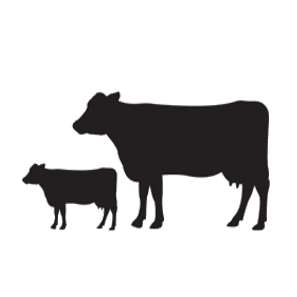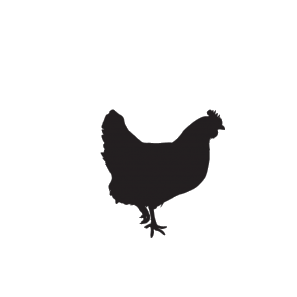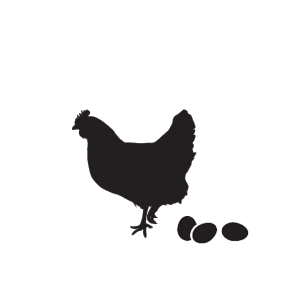Like people, cats and dogs, chickens can also be vaccinated. In fact, it is very important to ensure that your chickens are vaccinated for specific diseases so that they are kept in optimal health and production. Chickens that have become sick will experience a decrease in productivity and even die if the case is serious.
These vaccines help to prevent a specific disease by triggering the chicken’s immune system in order to fight the disease by means of antibodies.
It is important that these vaccinations are properly administered to your chickens in order for them to be as effective as possible.
What do they need to be vaccinated against?
There are a wide number of diseases that chickens need to be vaccinated against:
- Marek’s disease
- Gumboro (infectious bursal disease)
- Newcastle disease
- Infectious bronchitis
- Fowl pox
- Infectious laryngotracheitis
Tips:
- Only healthy chickens should be vaccinated.
- Workers that are handling the birds should be properly educated on the process. This is to ensure that the process is as effective as possible, and that the chickens do not become too stressed.
- Strictly follow administration instructions as recommended by the brand. This ensures optimal performance of the vaccine.
- Vaccines need to be stored as per instructions. Some require refrigeration and others to be stored in a cool dry place.
- Always use vaccines within Best Before date.
Different methods of vaccination?
Spray vaccination:
With this method the vaccine is added to clean water – water that does not have any soap, residue or disinfectant in it.
This water is sprayed into the air where the droplets of water will fall on the chicks or chickens. The vaccine may be inhaled into the lungs of the birds or be pecked at by other birds and ingested in this way.
It is good to note that a finer spray will be more effective than a coarser spray in some instances.
Vaccinating through drinking water:
This method is used when the vaccine is mixed with your flock’s drinking water, and supplied to the nipple- or bell drinkers. With this method it’s important that the chicks drink a sufficient amount of water, and that there is enough space around the drinkers for the chickens to access the water. It is common practice for these chickens to be denied water for about two hours before being presented with the vaccine-containing water.
With this method it’s also important that clean water is provided for the chickens to drink after the water with the vaccine is finished.
Eye-drop method:
Although the eye-drop method is seen as one of the best for administering vaccines, it is also more labour intensive as the chickens have to be rounded up and caught. With this method the vaccine is dissolved in water and a drop is placed in each of the chickens’ eyes.
It is important that the drop is absorbed before the next chicken is vaccinated.
Vaccinations through injections:
This method can either be through an intramuscular injection (into the muscle, usually the breast muscle), or subcutaneous (under the skin) by using a hypodermic needle.
With this method it is very important that the vaccine is injected properly into the proper muscle or into the skin, that the needle does not pass into an organ, and that the vaccine is not injected into the feathers and fluff (which may happen with younger chicks).
Good hygiene and proper handling is vital here, so that contamination does not occur.
For more information on the correct management of your poultry house, contact your nearest Epol Technical Advisor. It is also advised that you consult your veterinarian for an optimal vaccination program.














